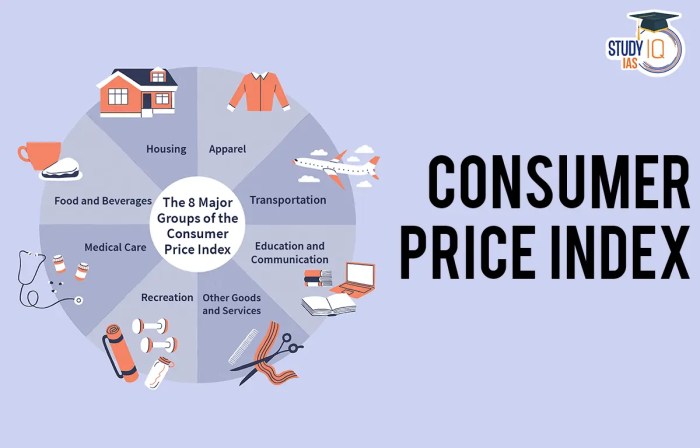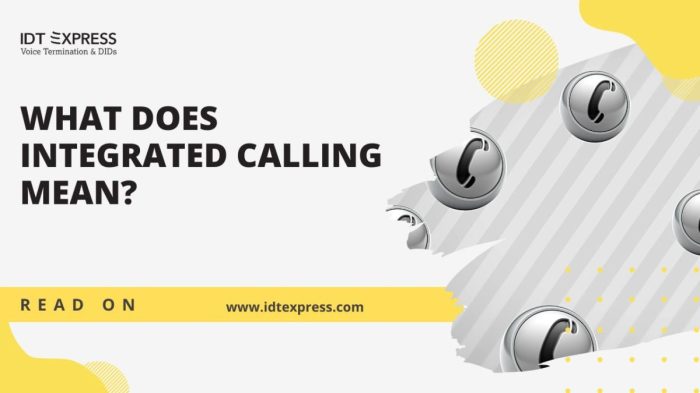What does integrated experience mean in CPI? In the realm of Customer Process Improvement (CPI), integrated experience refers to a holistic approach that seamlessly combines various touchpoints and channels to deliver a unified and enhanced user journey. This article delves into the definition, components, challenges, and future trends of integrated experience in CPI, providing valuable insights for organizations seeking to optimize their customer interactions.
The integrated experience in CPI encompasses a wide range of aspects, including user-centric design, seamless omnichannel experiences, and personalized interactions. By embracing an integrated approach, organizations can create a cohesive and consistent customer experience across all touchpoints, fostering loyalty and driving business outcomes.
1. Definition of Integrated Experience in CPI

Integrated experience in CPI (Customer Process Integration) refers to the seamless and cohesive user experience across multiple channels and touchpoints. It encompasses the integration of various customer-facing systems, processes, and data sources to provide a unified and personalized experience for customers.By
connecting disparate systems and data, integrated experience enables businesses to gain a holistic view of customer interactions, preferences, and behaviors. This allows them to deliver personalized and contextualized experiences that meet the specific needs and expectations of each customer.Examples of integrated experience in CPI include:
- Providing a consistent experience across different channels, such as website, mobile app, and social media.
- Personalizing product recommendations based on past purchases and browsing history.
- Offering real-time support and assistance through multiple channels, such as chatbots, email, and phone.
2. Components of Integrated Experience in CPI
The key components that contribute to an integrated experience in CPI include:
-
-*Customer Data Integration
Unifying customer data from various sources, such as CRM systems, marketing automation platforms, and social media, to create a single, comprehensive customer profile.
-*Process Integration
Streamlining and automating business processes across different departments and systems, such as sales, marketing, and customer service, to improve efficiency and reduce customer friction.
-*Channel Integration
Providing a seamless experience across multiple customer touchpoints, such as website, mobile app, and physical stores, to ensure consistency and convenience.
-*Analytics and Reporting
Monitoring and analyzing customer interactions to gain insights into their behavior, preferences, and satisfaction levels, which can be used to improve the overall experience.
3. Challenges of Implementing Integrated Experience in CPI, What does integrated experience mean in cpi
Implementing integrated experience in CPI can pose several challenges:
-
-*Data Integration
Integrating data from multiple sources can be complex and time-consuming, especially when dealing with legacy systems and disparate data formats.
-*Process Alignment
Aligning processes across different departments and systems can be difficult, as it requires collaboration and coordination among various stakeholders.
-*Technology Limitations
Technical limitations, such as system compatibility issues and data security concerns, can hinder the effective implementation of integrated experience.
-*Customer Adoption
Encouraging customers to adopt new channels and technologies can be challenging, as they may be accustomed to existing processes and prefer familiar interfaces.
4. Future Trends of Integrated Experience in CPI
Emerging trends that are shaping the future of integrated experience in CPI include:
-
-*Artificial Intelligence (AI)
AI-powered chatbots, virtual assistants, and recommendation engines will continue to enhance the customer experience by providing personalized assistance and relevant recommendations.
-*Cloud Computing
Cloud-based solutions will enable businesses to access and integrate data from multiple sources more easily, facilitating the creation of unified customer profiles and personalized experiences.
-*Omnichannel Engagement
Customers will increasingly expect a seamless experience across all channels, and businesses will need to invest in omnichannel strategies to meet these expectations.
-*Customer Journey Mapping
Understanding the customer journey and identifying pain points will be crucial for businesses to design and deliver integrated experiences that address customer needs effectively.
Question & Answer Hub: What Does Integrated Experience Mean In Cpi
What are the key components of integrated experience in CPI?
Key components include user-centric design, seamless omnichannel experiences, personalized interactions, and data-driven insights.
What are the challenges of implementing integrated experience in CPI?
Challenges include data integration, organizational silos, and the need for a customer-centric culture.
What are the future trends shaping integrated experience in CPI?
Emerging trends include artificial intelligence, machine learning, and the rise of conversational interfaces.


